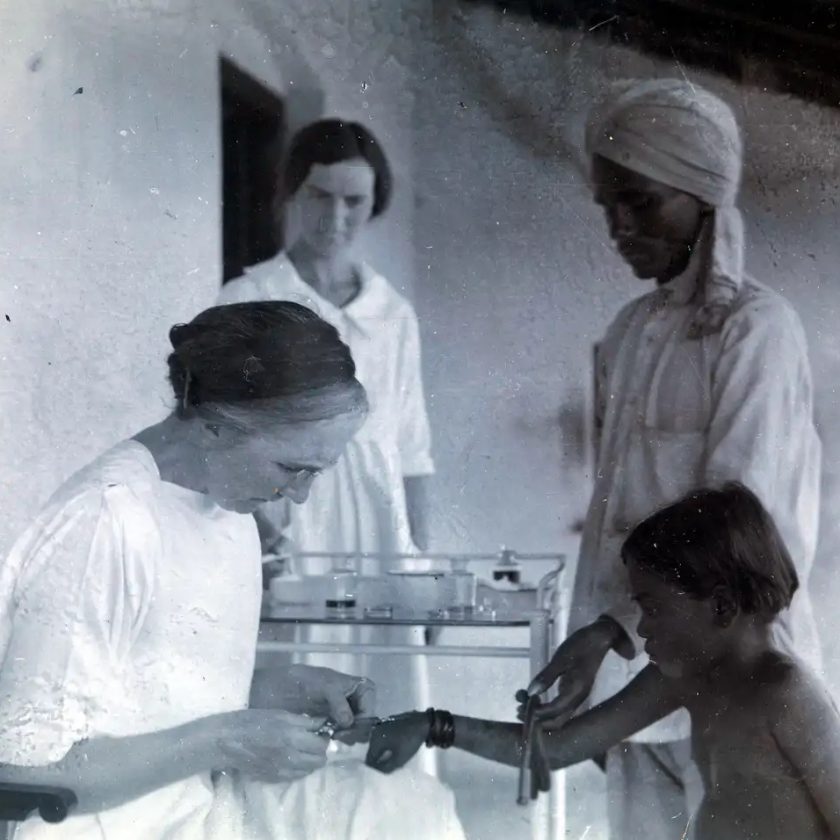Feel more relaxed with restorative yoga
By Lisa Marie Bernardo, PhD, MPH, RN, HFI, RYT
Do you experience chronic stress? Is your body stiff and inflexible? Does your mind seem dull and sluggish, your spirit exhausted?
Restorative yoga may help “open” your joints, ease your mind, and revive your spirit. It’s based on the concept that we’re overstimulated and don’t get enough rest. Constant stimulation activates the sympathetic nervous system, overtaxing the fight-or-flight response. The body responds by increasing cortisol and glucose production, which (along with additional unhealthy responses) raises the risk of metabolic syndrome.
Restorative yoga promotes active relaxation, helping to halt the overstimulation cycle. It promotes balance by alternately stimulating and relaxing the body, which is supported in yoga poses with such props as blankets, pillows, yoga mat, and eye covers. Research suggests restorative yoga may ease hot flashes in postmenopausal women and may promote a calm, positive mood in women with ovarian or breast cancer.
Five facets of restorative yoga
Restorative yoga takes a five-faceted approach to relieve the effects of stress. Over time, you’re likely to notice a new awareness of and appreciation for your body, mind, and spirit.
Simply put, networking is an information exchange, a forum for communicating your needs or agenda and, in return, listening and responding to others’ needs or agendas. Good networking requires emotional reciprocity, which means caring about the needs and agendas of the people you network with. Caring about others’ needs is what nurses do, so networking really shouldn’t be that difficult for a nurse.
1. Using props, restorative yoga supports the body in yoga poses, helping muscles and joints release tension and achieve muscular balance.
2. The restorative poses move the spine in all directions—flexion, extension, rotation, and lateral flexion. This enhances spinal flex-ibility, lubricates vertebrae, and strengthens the deep muscles that stabilize the spine.
3. Inverted poses, in which the feet and legs are elevated, counter the effects of gravity and promote lymph and fluid drainage to the heart.
4. The poses compress and release internal organs, cleansing them while aiding removal of cellular waste and renewing oxygen and nutrients.
5. Finally, the poses balance the body’s male (prana) and female (apana) energies.
Learning the poses
To learn the poses, consider taking a restorative yoga class. (See Finding an instructor.) Beforehand, make sure to tell the instructor about any special health concerns you have, so the instructor can modify the poses for you. Expect to bring your own blankets, pillows, eye covers, and yoga mat. The class will last from 60 to 90 minutes.
Restorative yoga typically doesn’t involve active (hatha) yoga poses, although it may include stretching poses to warm muscles and joints before the restorative poses begin. The instructor will help you use your props to make the poses right for you, and will direct you into a pose using them. Expect to stay in the pose for 5 to 10 minutes. The instructor will guide you by helping you focus on your breath and turn your attention inward. If your mind wanders and your body stays active, accept this reaction and don’t judge yourself. Over time, you’ll learn to use your breath to release tension and to focus and calm your mind.
After you hold the pose for the required duration, the instructor will help you into the next one. Generally, the class is near-silent, with minimal talking; the lights are low and music may play.
When the class ends, you may feel more relaxed and in touch with yourself. If you feel restless and jittery instead, accept your reaction. Don’t judge yourself. Try again. Give yourself the opportunity to experience something different.
Restorative yoga is just one method to renew and reconnect with your inner being. Only you can know if it’s right for you. n
Selected references
Cohen B, Kanaya A, Macer J, Shen H, Chang A, Grady D. Feasibility and acceptability of restorative yoga for treatment of hot flushes: a pilot trial. Maturitas. 2007;56(2):198-204.
Danhauer SC, Tooze JA, Farmer DF, Campbell CR, McQuellon RP, Barrett R, Miller BE. Restorative yoga for women with ovarian or breast cancer: findings from a pilot study. J Soc Integr Oncol. 2008;6(2):47-58.
Lisa Marie Bernardo is the managing member of The PIlates Centre, LLC, in Hampton Township, Pennsylvania, and adjunct faculty at Carlow University School of Nursing in Pittsburgh, Pennsylvania.







